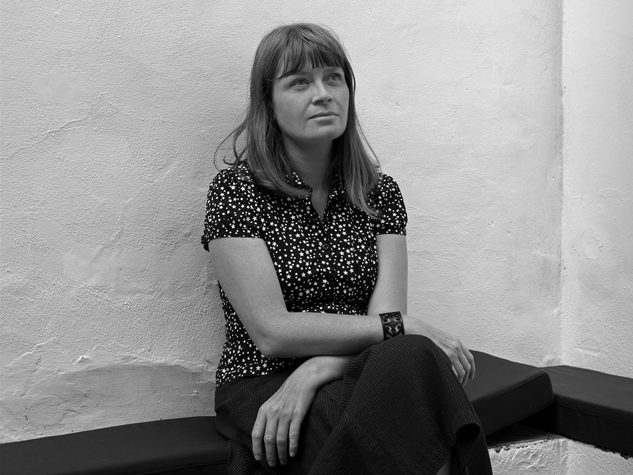Within the framework of the 25th wave of the national survey "Ukraine in Times of War," the Sociological Group Rating conducted a separate study on the perception of threats and expectations for the winter of 2023-2024.
Life during wartime:
60% believe that during the war, one should significantly limit oneself in entertainment and purchases, and these indicators have hardly changed over the two years of the war.
36% think the opposite – that one should try to live a full life during the war. This opinion is more often shared by residents of Kyiv and de-occupied territories.
Regarding self-limitation, residents of western regions are more inclined to agree, while those in Kyiv and de-occupied territories are more likely to advocate for living a full life.
The perception of whether to limit oneself or live a full life during the war is significantly divided by age and income: younger and wealthier individuals are more inclined to want a full life, while older and less affluent individuals are more supportive of self-limitation.
Every second person in Ukraine today does not make any plans for the future at all.
Over the past year, the number of Ukrainians planning their lives for the long term (several years) has decreased from 19% to 12%.
Around 15% plan for six months to a year, and 22% plan for no more than a few months.
Residents of Kyiv, young and middle-aged people, as well as wealthier citizens, are more likely to plan their lives for a longer term.
Nearly 80% of Ukrainians feel safe in their locality.
Residents of front-line and de-occupied regions, as well as middle-aged and older people, city dwellers, and less affluent citizens feel less safe.
Threat assessment:
About one-third of Ukrainians assess the threat of a missile strike on their locality as high. This sentiment is highest among residents of Kyiv (57%) and front-line or de-occupied territories (approximately 42%).
In contrast, only 10% believe that military actions within their locality are very likely. However, this belief rises to around 20% among residents of de-occupied and front-line regions.
Half of Ukrainians (51%) believe that it is always necessary to declare an air alarm during the takeoff of potential carriers of "kinzhals" (hypersonic missiles). About 40% of Ukrainians mention the desirability of differentiating alarms depending on the situation and the actual threat. The number of Ukrainians opposing the declaration of alarms altogether does not exceed 5%. This norm is least supported among residents of Kyiv, with 59% believing that an alarm should be declared not always but depending on the situation.
Social Cohesion:
Respondents believe that Ukrainians were more cohesive last year than they are now, but their assessment of the current and future situations is similar. While 87% consider that the nation was cohesive in the past year, only 64% give the same assessment now, and it is expected to decrease to 59% in the coming year. In contrast, 34% of respondents believe that Ukrainians are not cohesive now, and only 11% indicated that Ukrainians were not cohesive last year.
Evaluating the current moment and the future in 2024, almost half of the respondents chose the response "cohesive" or "rather cohesive" in all regional, age, and financial groups. However, younger people, in general, perceive less cohesion in the population than older individuals.
Audience and Methodology:
The audience for the survey comprises individuals aged 18 and older in all regions of Ukraine, except for the temporarily occupied territories of Crimea and Donbas, as well as areas lacking Ukrainian mobile communication at the time of the survey.
The results are weighted using current data from the State Statistics Service of Ukraine.
The sample is representative by age, gender, and settlement type, with a total of 1000 respondents.
The survey method employed is CATI (Computer Assisted Telephone Interviewing), involving telephone interviews conducted with the assistance of a computer. The sample is based on a random selection of mobile phone numbers.
The margin of representativeness error for the study, with a confidence probability of 0.95, is no more than 3.1%.
The survey was conducted on November 22-23, 2023.





















